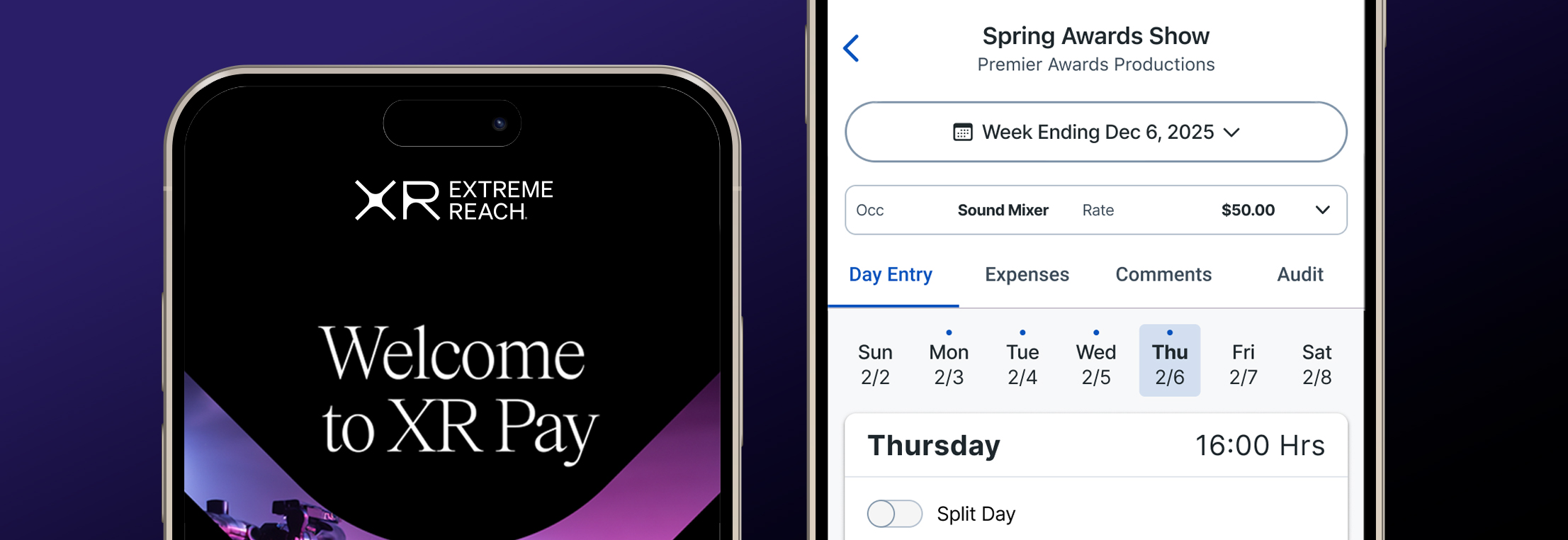And the winner is?
Our analysis of five years of ads during the Oscars finds gender equality taking one step forward – and diversity taking two steps back.
This past Sunday, Hollywood's elite graced the red carpet for the film season’s most anticipated event: the Oscars. While celebrating the industry's top talents, diversity and inclusivity have been front and center for actors and filmmakers in recent years. But a question remains: Did diversity and inclusivity shine through in the ads?
The Academy has made strides to address the noticeable inequity of the actors and films nominated at the Oscars. Specifically, in 2024, to be considered in the Best Picture category, film producers and directors were required to meet new representation and inclusion standards that were designed to encourage equitable representation on- and off-screen to better reflect the diverse global population.
XR, along with its partner Kinetiq, wanted to learn if this standard transcended to television commercials that aired during the Oscars and we reviewed the past five years of commercials for the level of inclusivity during one of the highly-watched televised events of the year.
Leveraging sophisticated AI models, a comprehensive analysis was conducted on 264 unique commercials aired during the Oscars shedding light on the representation of gender expression, age groups, and skin tones.
Since 2020, the ad landscape has seen a remarkable shift towards greater inclusivity. With a keen eye on gender expression, age demographics, and skin tones, the data reveals a promising trend.
Gender Expression - feminine representation in ads trends up, but masculine expression still leads
Notably, feminine gender expression continues to grow, marking its most inclusive year since 2020. This trend in representation underscores the industry's concerted efforts to reflect diverse narratives and perspectives. However, the analysis shows that a masculine expression still dominates, even though this event typically drives more female viewership.

Skin Tone - Lighter skin tones continue to dominate while darker tones are out of the spotlight
Despite notable gains in representation with darker skin tones in 2022 and 2023, the latest data suggests a concerning reversal. Scores have dipped below 2020 levels, indicating a regression in attention to equitable skin tone representation. This setback serves as a reminder of the ongoing work needed to promote authentic diversity in advertising. This trend does not mirror on-stage wins, such as Da’Vine Joy Randolph’s historic win for Best Supporting Actress in ‘The Holdovers’, underscoring the importance of continued efforts to champion authentic diversity and representation in the entertainment industry and beyond.

Age - More young adults featured in ad creative while older adults took back seat
2023 industry polling showed that two in five Americans had planned to tune into the Oscars, with 58% percent of those ages 18-34 and 44% of those ages 35-54. So, it’s no surprise that 78% of young adults in the 20-39 age range were featured over older adults. Additionally, Millennials, advertisers’ key demographic, are reshaping the narrative by embracing the Oscars, challenging the misconception of film obsolescence. Their growing viewership not only highlights a cross-generational appreciation for movies but also mirrors the diverse age representation seen in the ads, reinforcing the enduring allure of cinematic storytelling.

The spotlight on inclusivity remains as another year of the Academy Awards comes to a close. Armed with insights gleaned from rigorous analysis, brands have an opportunity to not only celebrate diversity but also drive meaningful change. By embracing inclusivity as a cornerstone of their advertising strategies, they can pave the way for a more equitable and representative media landscape—one where every voice is not just heard but celebrated.
Nine years have passed since the #OscarsSoWhite controversy prompted significant efforts to address the lack of diversity. Despite strides made, a pertinent question arises: are we now facing an era of #AdsSoWhite? It's time for brands and advertisers to reassess their creative strategies and ensure equitable representation of skin tones.
To help maintain creative accountability and ensure your ads are aligned with DE&I targets, here are three key takeaways to consider:
Positive Shift in Gender Representation, Yet a Call for Further Progress
Brands and advertisers should continue the positive momentum in gender representation observed over the past years. However, they must actively work towards reducing the dominance of masculine expression in ads, recognizing the potential impact on diverse viewership. Consider incorporating more inclusive narratives that challenge traditional gender stereotypes and resonate with a broader consumer audience.
Urgent Need to Address Setbacks in Skin Tone Representation
Despite initial progress in representing darker skin tones, the recent regression highlights a critical area for improvement. Advertisers should prioritize authentic and equitable skin tone representation in commercials, acknowledging the influence media has on shaping perceptions. Conducting comprehensive assessments before major events and adjusting advertising strategies accordingly will help ensure consistent and positive representation of all skin tones in line with evolving societal expectations.
Youthful Audience Dominance and the Opportunity for Inclusive Storytelling
Recognizing the significant presence of young adults as a key demographic for Oscars viewership, advertisers should capitalize on the opportunity to tell diverse and inclusive stories that resonate with this audience. Embrace narratives that reflect the varied experiences and perspectives of the younger generation, acknowledging their influence and reshaping advertising strategies to align with the evolving values of this demographic. This approach not only reflects societal trends but also ensures that advertisements remain relevant and engaging for a broader audience.



.jpg)
